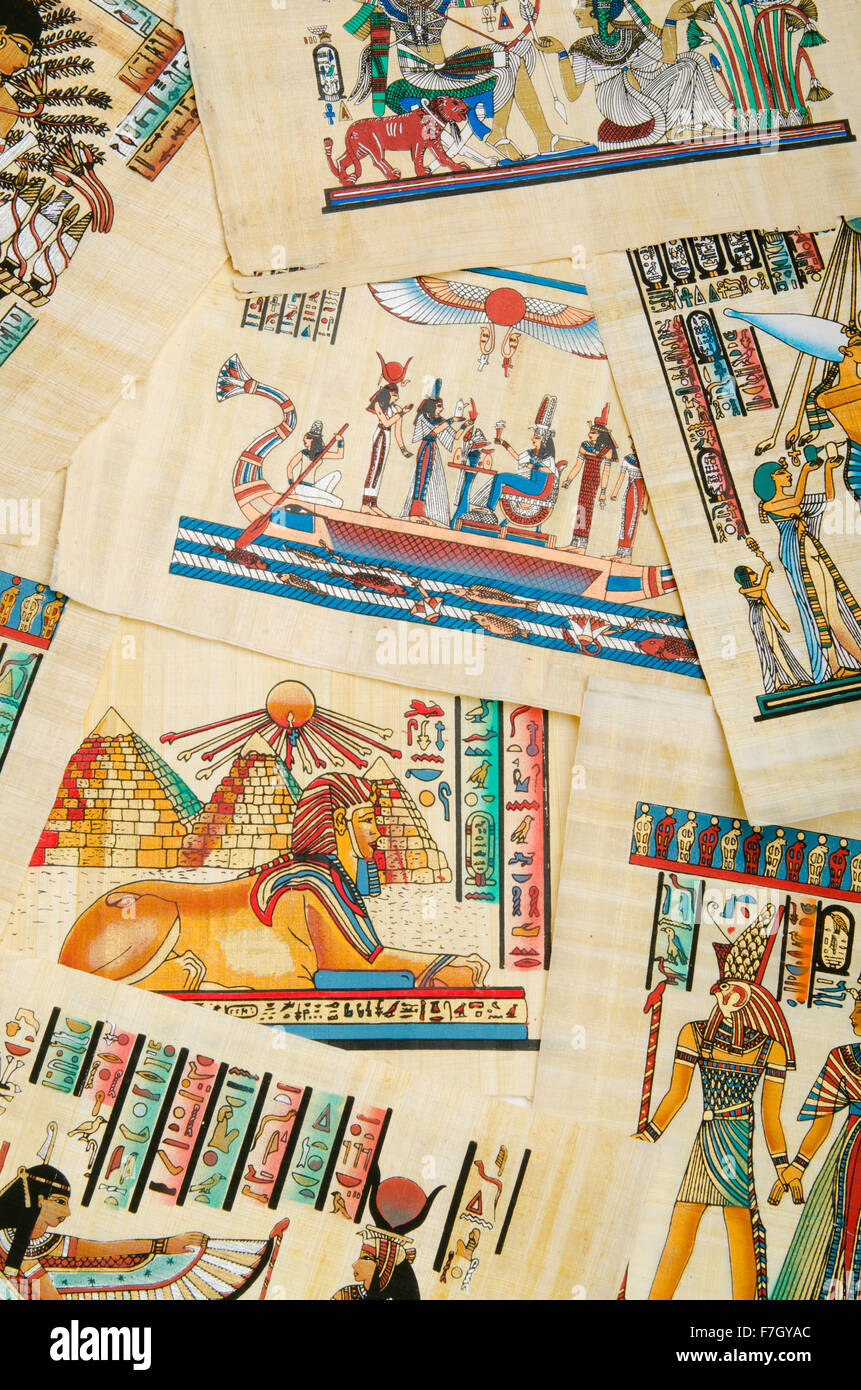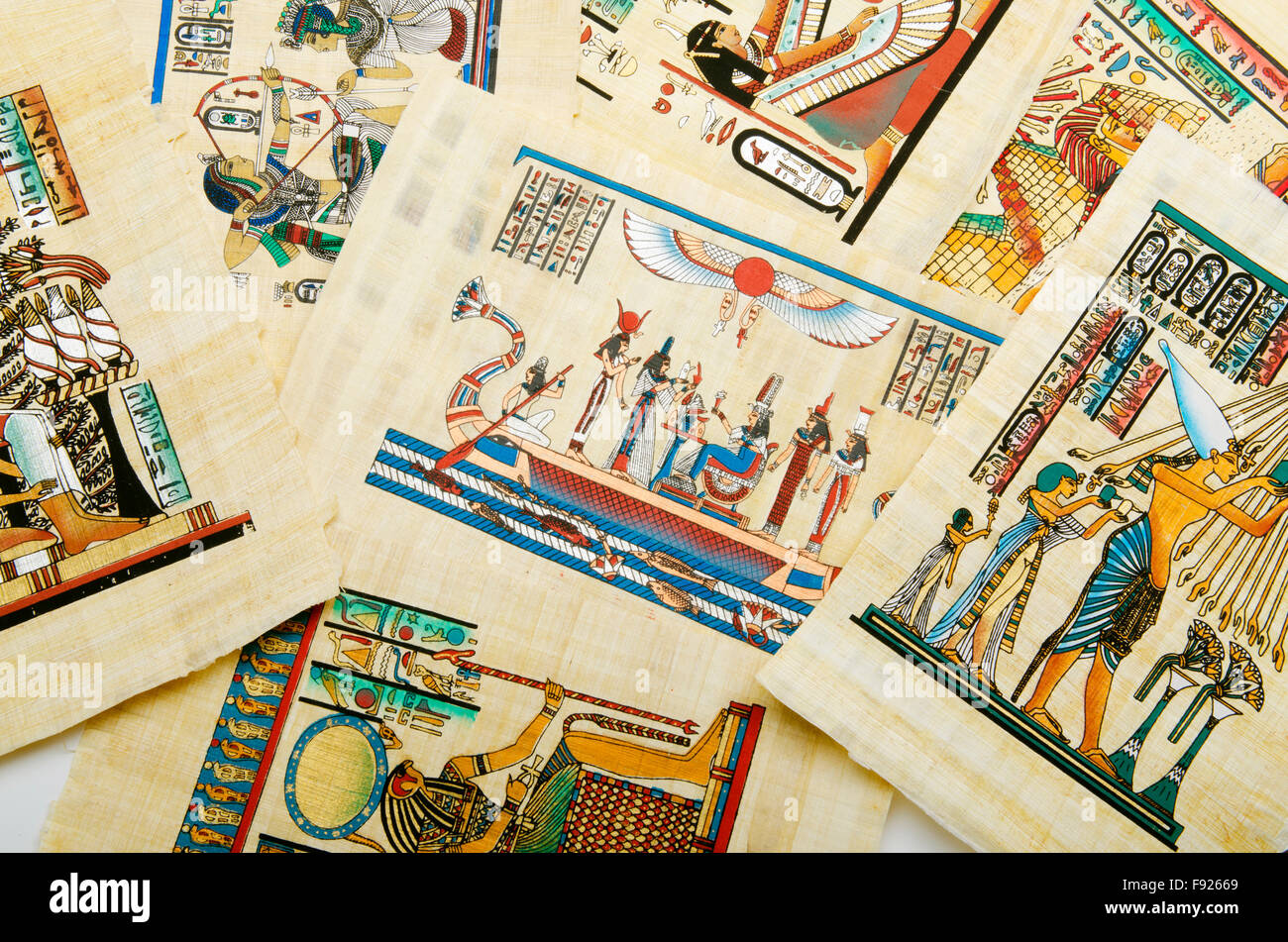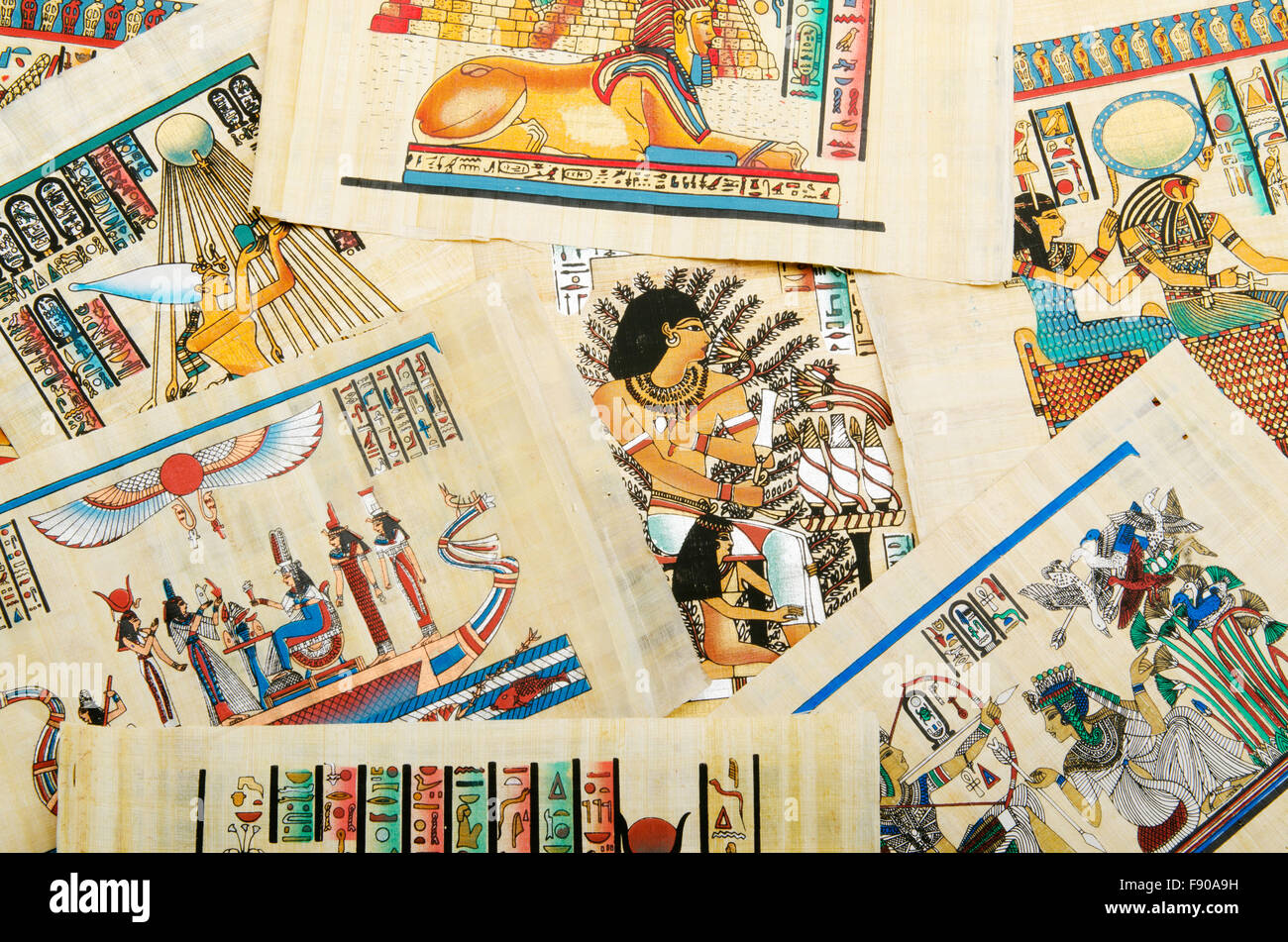Iran & Israel: A Deep Dive Into Their Complex History
The intricate and often volatile history between Iran and Israel is a narrative marked by dramatic shifts, from a period of close strategic alliance to one of profound and open hostility. What began as a relationship rooted in shared regional interests has, over decades, devolved into a complex, multi-faceted conflict that reverberates across the Middle East and beyond. Understanding this evolution requires a careful examination of key historical junctures, ideological transformations, and the enduring geopolitical rivalries that define their current dynamic.
Once considered unlikely partners, the two nations now stand as staunch adversaries, locked in a shadow war that occasionally flares into direct confrontation. This article will unravel the layers of their tumultuous relationship, exploring the surprising camaraderie of the past, the pivotal moment of rupture, and the escalating tensions that characterize their interactions today, while also acknowledging the deep historical ties that persist beneath the surface of animosity.
Table of Contents
- The Unlikely Alliance: Before the Revolution (Pre-1979)
- The Turning Point: The 1979 Iranian Revolution
- Proxy Wars and Ideological Clashes
- The Shadow War: Covert Operations and Allegations
- Escalation to Open Conflict: Recent Developments
- The Enduring Jewish Community in Iran
- Geopolitical Implications and Future Outlook
- A Brief History of Iran and Israel's Escalating Conflict
The Unlikely Alliance: Before the Revolution (Pre-1979)
To truly grasp the depth of the current animosity, one must first understand the surprising chapter of cooperation that preceded it. For most of the Cold War, the relationship between Iran and Israel was remarkably cordial. This era, particularly during the reign of the Pahlavi dynasty, which ruled from 1925 until it was overthrown in the 1979 revolution, saw ties between Iran and Israel that were anything but hostile; in fact, they were quite robust.
- Westfield Utc
- What Is Going On In Iran
- Iran Strike Israel Reddit
- Leader Of Iran Before The Iranian Revolution
- Will Isreal Attack Iran
Before Iran’s 1979 revolution, the two were close allies, engaging in significant exchanges of arms, oil, and intelligence. The Shah of Iran, Mohammad Reza Pahlavi, viewed Israel as a key strategic partner in the region. This alliance was largely driven by shared geopolitical interests, primarily a common concern over Arab nationalism and Soviet influence in the Middle East. Both nations, feeling somewhat isolated in a predominantly Arab region, found a pragmatic partner in each other. This period saw covert and overt cooperation, laying a foundation of mutual understanding and strategic alignment that would be unthinkable in the decades that followed. The cordiality of this relationship was a testament to realpolitik, where national interests superseded potential ideological or religious differences, setting the stage for a dramatic reversal.
The Turning Point: The 1979 Iranian Revolution
The year 1979 marked an irreversible turning point in the history between Iran and Israel. The Islamic Revolution, which overthrew the Shah and brought Ayatollah Ruhollah Khomeini to power, fundamentally reshaped Iran's domestic and foreign policy. The new Islamic Republic adopted an anti-Western and anti-Zionist stance, viewing Israel as an illegitimate state and an extension of American imperialism in the region. This ideological shift was immediate and profound; the friendship of decades was abruptly replaced by enmity.
Iran has been openly hostile to Israel since the 1979 revolution, and their consistent rhetoric has been that they believe Israel is an illegitimate state and should be expelled from the region. This position is not merely diplomatic; it is deeply embedded in the revolutionary ideology, leading to a policy of non-recognition. Iran's current government does not recognize Israel's legitimacy as a state, a stance that has underpinned much of their foreign policy towards the Jewish state. The rhetoric emanating from Tehran has, at times, blurred the line between opposing a state and denying a people’s right to exist, further exacerbating tensions and fueling the perception of an existential threat from Israel's perspective. This ideological chasm became the bedrock of the enduring conflict, transforming a strategic partnership into a declared rivalry.
- Radio Iran Kirn 670 Am
- Katie Hanson Survivor
- Trita Parsi Iran
- Isla Bella Beach Resort
- Cyrus Cylinder Iran
Proxy Wars and Ideological Clashes
The animosity between Iran and Israel has rarely manifested in direct, conventional warfare until very recently. Instead, for decades, their conflict has largely been fought through proxies and in the shadows, a complex dance of strategic maneuvering and indirect confrontation. This approach allows both nations to exert influence and challenge each other without triggering a full-scale regional war, though the risks of escalation are ever-present.
Tensions between Iran and Israel have not been limited to ideologies or proxy groups, but these groups have certainly been a primary conduit for their rivalry. Iran has actively supported and armed various militant groups across the Middle East, including Hezbollah in Lebanon, and, significantly, Hamas in Gaza. This begins the most intense war in history between Israel and Hamas, which has left tens of thousands of Palestinians dead in Gaza, drawing direct links between Iran's strategic support and regional instability. Iran, which has armed Hamas, offers support to the militants, providing them with funding, training, and weaponry. From Israel's perspective, these proxy forces represent a direct threat to its security, encircling it with hostile non-state actors backed by a powerful regional adversary. This proxy warfare extends beyond military aid, encompassing a broader ideological struggle for influence and narrative dominance in the Middle East, with each side seeking to undermine the other's legitimacy and regional standing.
The Shadow War: Covert Operations and Allegations
Beyond proxy conflicts, the history between Iran and Israel is replete with allegations of a clandestine "shadow war" – a realm of covert operations, sabotage, assassinations, and cyberattacks. This hidden conflict has been a persistent feature of their animosity, reflecting a deep-seated distrust and a willingness to engage in asymmetrical warfare to achieve strategic objectives.
The two are alleged to be behind a long series of attacks on each other’s interests within and outside their borders. These operations are rarely acknowledged, making definitive attribution difficult, but the pattern of incidents strongly suggests a continuous, low-intensity conflict. From mysterious explosions at military sites to cyberattacks targeting critical infrastructure, the shadow war aims to disrupt, deter, and degrade the adversary's capabilities without triggering overt military retaliation.
Targeting Nuclear Ambitions
A significant focus of this shadow war has been Iran's nuclear program. Israel views a nuclear-armed Iran as an existential threat, and has reportedly engaged in efforts to delay or dismantle the program through covert means. This includes sabotage at nuclear facilities and the assassination of key Iranian scientists. Iran previously blamed Israel for the deaths of other Iranian scientists, including four affiliated with Iran’s nuclear program who were killed in incidents between 2010 and 2012. These highly targeted killings underscore the intensity of the clandestine struggle and Israel's determination to prevent Iran from acquiring nuclear weapons capabilities.
Assassinations and Cyber Warfare
The alleged assassinations of Iranian scientists are just one facet of this covert struggle. There have also been numerous reports of sophisticated cyberattacks, such as the Stuxnet worm, which reportedly targeted Iran's centrifuges, causing significant damage and delays to its nuclear program. While Israel rarely confirms its involvement in such operations, the consensus among intelligence experts points to its role, often in collaboration with other Western powers. These actions highlight a strategy of pre-emption and deterrence, aiming to weaken Iran's capabilities and undermine its regional ambitions through non-conventional means. The shadow war is a constant, simmering conflict, a testament to the profound and dangerous animosity that defines the current history between Iran and Israel.
Escalation to Open Conflict: Recent Developments
While the history between Iran and Israel has largely been characterized by proxy conflicts and a shadow war, recent events have marked a dramatic and concerning shift towards more direct and open military confrontation. The conflict between Iran and Israel, once relegated to the shadows, has escalated yet again, bringing the two adversaries closer to a full-scale regional war than ever before. This new chapter of direct engagement signals a dangerous turn in their long-standing animosity.
Israel’s first open offensive on Iran marks a dramatic turn in a long, complex history. The world woke up to a new front of war on Friday morning as Israel launched missiles targeting nuclear sites in Iran. This was followed by a counterstrike by Tehran, which has now escalated into a missiles and drones war between the two sides, which have had a history of violence and conflict. This direct exchange of fire represents a significant departure from previous patterns, raising alarms globally about regional stability.
The Damascus Airstrike and Iran's Response
The immediate catalyst for this recent escalation was a specific event in the broader proxy conflict. An Israeli airstrike in Damascus, Syria, on April 1, 2024, targeted a building adjacent to the Iranian embassy, killing several senior Iranian military commanders. This attack was perceived by Iran as a direct assault on its sovereignty and a significant escalation. Iran responded to the Damascus airstrike by launching a nighttime attack on Israel with 120 missiles and drones on April 13, 2024. While the vast majority of these projectiles were intercepted by Israeli and allied air defenses, the sheer scale and directness of the attack were unprecedented, marking the first time Iran had directly launched such an assault from its own territory against Israel.
Reciprocal Strikes and Intensifying Hostilities
The Iranian response triggered a rapid and dangerous cycle of retaliation. Israel and Iran opened a new chapter in their long history of conflict when Israel launched a major attack with strikes early Friday that set off explosions in the Iranian capital of Tehran. This reciprocal strike demonstrated Israel's capability and willingness to project power deep into Iranian territory. The tensions between Israel and Iran continued to spiral on the eighth day of the conflict, with significant damage to structures reported from both sides, indicating a sustained period of direct engagement. On June 13, explosions rocked Tehran as Israel carried out a major attack on Iran’s nuclear program, further escalating the targeting of sensitive Iranian sites. The ongoing aerial war between Israel and Iran entered its sixth day, highlighting the sustained nature of the current conflict.
Reports from Iranian state media indicate that more than 220 Iranians have been killed and at least 1,200 injured since the bombardment began, underscoring the human cost of this direct confrontation. The rhetoric accompanying these actions has also intensified, with some analyses suggesting that "Israel’s attack on Iran puts a leader addicted to war in the spotlight," reflecting the high stakes and the perceived motivations behind the escalating violence. A hypothetical scenario from the provided data even suggests a future where "Sunday, June 15, 2025 — Israel unleashes airstrikes across Iran for a third day and threatens even greater force as some Iranian missiles evade Israeli air defenses to strike buildings in the heart of the country," painting a grim picture of potential continued escalation and the challenges of air defense in such a conflict.
The Enduring Jewish Community in Iran
Amidst the escalating tensions and overt hostility that define the modern history between Iran and Israel, a remarkable and often overlooked aspect is the continued presence of Iran’s ancient Jewish community. This community, one of the oldest in the world, serves as a poignant reminder that the conflict between the two states does not encompass the entirety of the complex relationship between the Persian and Jewish peoples.
Yet even within this atmosphere of profound animosity and state-level antagonism, a remnant of Iran’s ancient Jewish community—some 10,000 strong—endures. Their continued presence speaks to a deeper truth: the ties between Jews and Persians, forged over millennia, are not so easily erased by political rhetoric or ideological differences. This community has a rich history dating back to the Babylonian exile, long before the advent of Islam or the establishment of the modern state of Israel. Despite facing challenges and discrimination, they have largely maintained their religious and cultural identity, illustrating a resilience that transcends the geopolitical rivalry. Their existence offers a nuanced perspective, suggesting that while governments may be locked in conflict, the historical and cultural connections between peoples can persist, even under the most trying circumstances.
Geopolitical Implications and Future Outlook
The escalating conflict between Iran and Israel carries profound geopolitical implications, extending far beyond their immediate borders. The Middle East, already a region grappling with numerous conflicts and power vacuums, faces increased instability as these two regional heavyweights engage in direct confrontation. The ripple effects are felt across global energy markets, international shipping lanes, and diplomatic efforts aimed at fostering peace.
The potential for miscalculation or unintended escalation is high, threatening to draw in other regional and international actors. Major powers, including the United States, Russia, and China, closely monitor the situation, as a full-scale war could disrupt global trade, trigger a refugee crisis, and potentially lead to a wider conflict. The nuclear dimension of Iran's program adds another layer of complexity and urgency, with Israel determined to prevent Iran from developing nuclear weapons and Iran asserting its right to peaceful nuclear technology. The future outlook remains uncertain, fraught with danger, yet also holding the slim possibility of de-escalation through sustained diplomatic efforts and a recognition of the catastrophic consequences of unchecked conflict. The current trajectory suggests that the history between Iran and Israel will continue to be written in chapters of tension and confrontation, unless a fundamental shift in regional dynamics or leadership occurs.
A Brief History of Iran and Israel's Escalating Conflict
The history between Iran and Israel is a compelling narrative of transformation, from an unexpected alliance to a deeply entrenched rivalry. Here’s a quick look at the history of their ties and where things stand now, providing a concise overview of the key turning points and current state of affairs. The relationship was cordial for most of the Cold War, characterized by strategic cooperation and shared interests against common regional adversaries. This period of quiet collaboration laid the groundwork for what was, at the time, a mutually beneficial partnership.
However, this dynamic was irrevocably altered following the Iranian Revolution in 1979. The rise of the Islamic Republic, with its foundational anti-Zionist ideology, transformed the relationship into one of open hostility. This animosity has only deepened since the end of the Gulf War in 1991, evolving from ideological opposition into a complex web of proxy conflicts, covert operations, and, more recently, direct military exchanges. Israel and Iran have a history of animosity, rooted in ideological differences, geopolitical rivalry, and, more recently, nuclear tensions, all contributing to the current volatile environment. Here’s a lucid overview of everything—from the history of conflict and recent escalation to its impact, illustrating how a once-unlikely friendship morphed into one of the Middle East's most dangerous rivalries. The ongoing developments underscore that a brief history of Iran and Israel’s escalating conflict is not merely a recounting of past events, but a continuous, unfolding drama with significant global implications.
Conclusion
The history between Iran and Israel is a stark illustration of how rapidly geopolitical landscapes can shift, transforming allies into adversaries. From the strategic pragmatism of the Pahlavi era to the ideological confrontation of the Islamic Republic, their relationship has undergone a profound metamorphosis. What began as a cordial understanding, driven by shared regional concerns, has spiraled into a deeply entrenched rivalry, characterized by proxy wars, covert operations, and increasingly, direct military exchanges. The fundamental ideological chasm, coupled with geopolitical ambitions and the critical issue of Iran's nuclear program, continues to fuel this dangerous dynamic.
Despite the pervasive hostility at the state level, the enduring presence of Iran's ancient Jewish community serves as a powerful reminder of the deeper, historical ties between the Persian and Jewish peoples—ties that persist beneath the surface of political animosity. As the conflict continues to escalate, its implications resonate far beyond the immediate region, demanding global attention and concerted efforts towards de-escalation. Understanding this complex history is crucial for anyone seeking to comprehend the intricate challenges facing the Middle East today.
What are your thoughts on the future trajectory of this conflict? Share your perspectives in the comments below, and explore our other articles on regional geopolitics to deepen your understanding of the Middle East's intricate dynamics.

Egyptian history concept with papyrus Stock Photo - Alamy

Egyptian history concept with papyrus Stock Photo - Alamy

Egyptian history concept with papyrus Stock Photo - Alamy